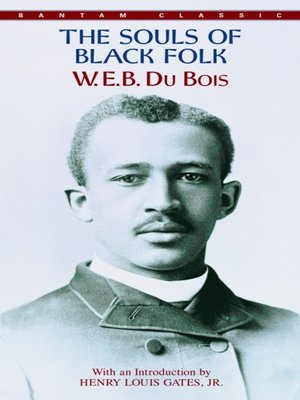

James Hill Jr.- The University of OaklahomaĪlphonso F.Du Bois begins with the claim that the central problem of the 20th century is that of the color line, and that all readers will thus be interested in the issues raised in Souls, no matter their race. Our collective reflection aims not only to invoke previous generations of scholarly wisdom, but also casts new visions for the future of African American religious studies. Utilizing the crossroad as a dialogical model for interdisciplinary exchange, The Sonic Souls of Black Folk symposium envisions a dialogical exchange that includes both contemporary and ancestral interlocutors. In many African American religions, the crossroads symbolizes the mystical barrier that separates the world of deities and ancestors from the material world of humanity. We also hope to uncover how the study of black aural traditions enables new ways of understanding relationships between gender, sexuality, performance, and religion. Panelists and speakers are asked to consider what sets of data, resources, repositories, and methods of study are most useful for theorizing the category of black sacred sound. Through our collective reflection, we hope to explore how the category of “sacred sound” enables new understandings of black religion in America. The Crossroads Project invites panelists to a conversation on the sacred sound of black religion. Various forms of black sonics-instrumental music, vocalized and chanted sermons, gospel choirs, percussive repetitions, poetry, and shouts of agony and exuberance-constitute black sacred sound. Sacred sound has been a medium through which black communities have raised protest, advanced social movements, challenged ideologies, mourned injustices, and given praise.



Throughout American history, the rich sound of black sacred expression has colored the American cultural landscape.


 0 kommentar(er)
0 kommentar(er)
